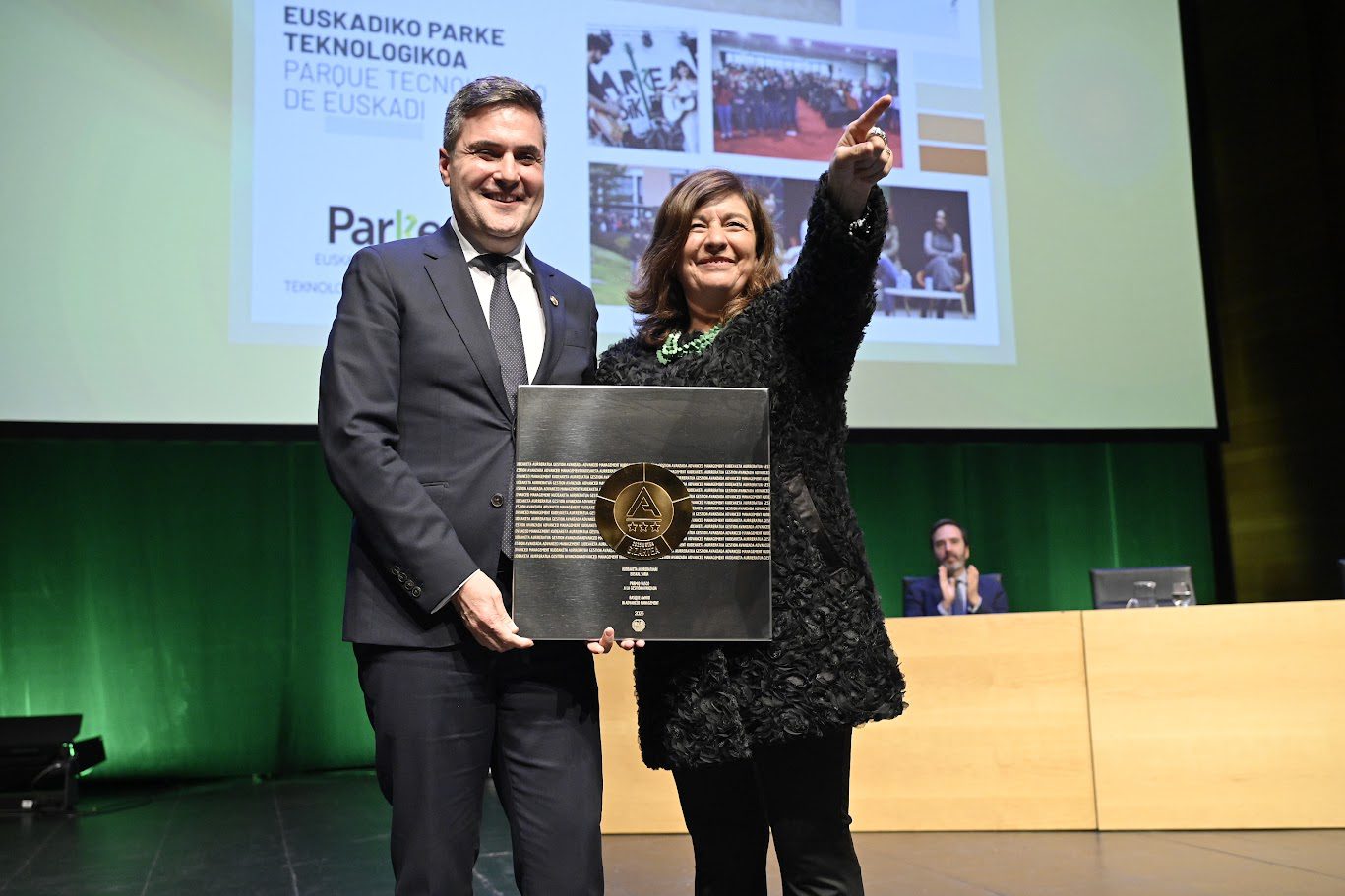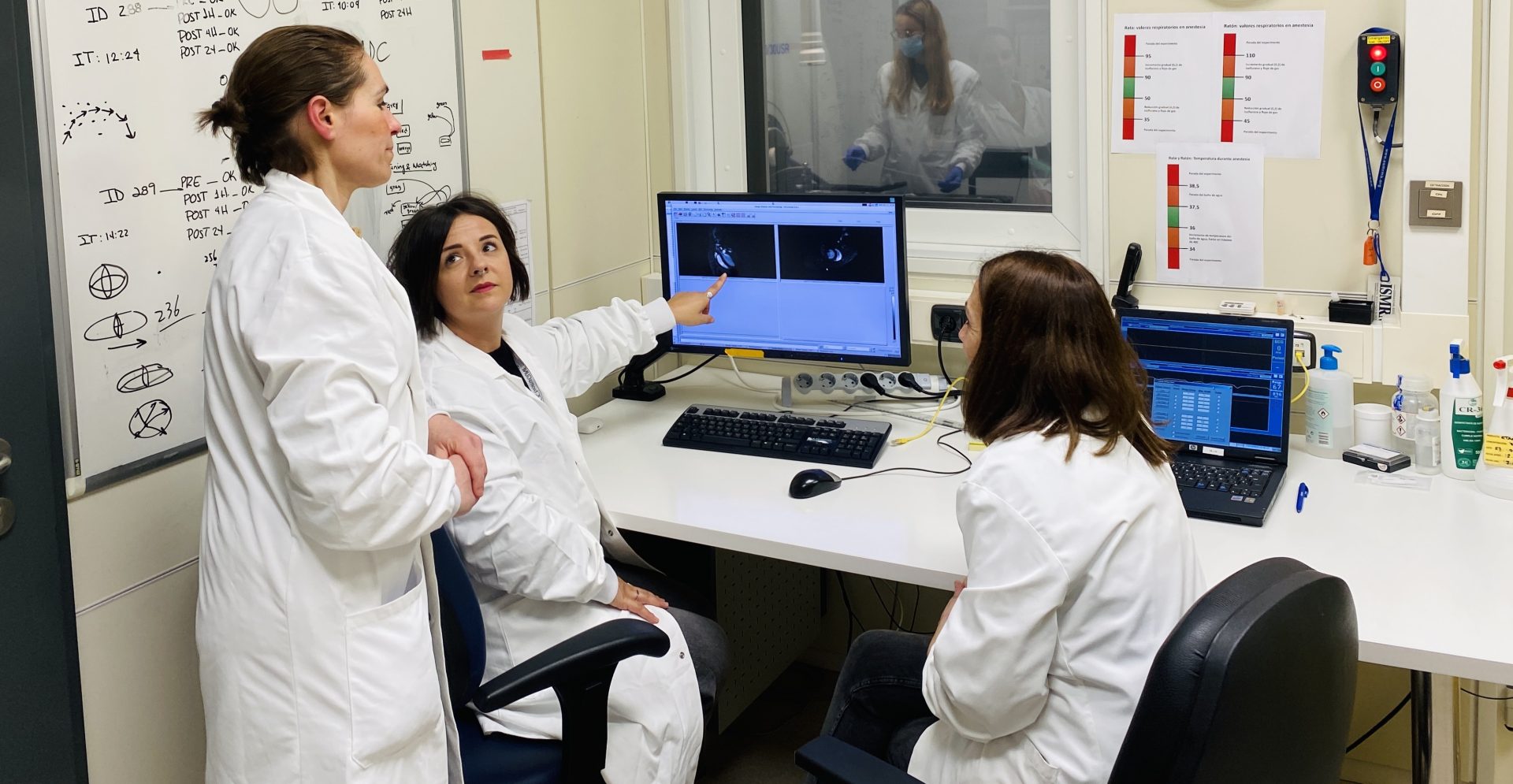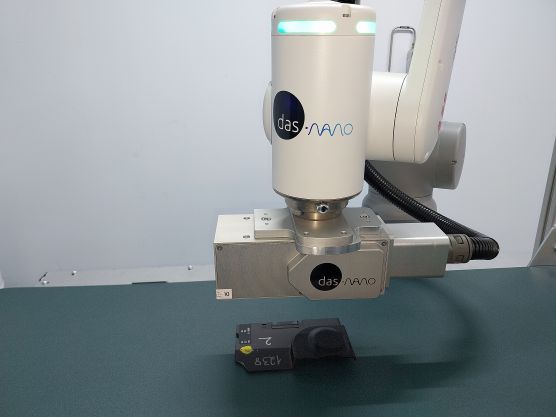Ayesa warns of increased use of AI to boost effectiveness and damage in cyber-attacks

It advocates combining advanced technology, lifelong learning and cross-industry collaboration to build a secure digital ecosystem.
Quantum computing’s ability to break current encryption methods is a significant concern.
Ayesa, a global provider of technology and engineering services, has released its cybersecurity predictions for 2025 and announced key trends in this ‘critical and dynamic’ area. The consultancy warns of the expected increase in cyberattacks and proposes a comprehensive security strategy that combines advanced technology, continuous training and cross-industry collaboration to build a more secure digital ecosystem.
The unstoppable advance of technology is a double-edged sword, because it increases the competitiveness and productivity of organisations, but also makes them more vulnerable to digital attacks due to the global network of interactions, remote access and shared ecosystems. The automation and mass adoption of cloud services and Internet of Things (IoT) devices widens the scope of action for cybercriminals in these environments, which should have specific security solutions.
According to Álvaro Fraile, Director of Cybersecurity at Ayesa, ‘in 2025 hackers will make greater use of artificial intelligence to increase the effectiveness and damage of their attacks, which are increasingly faster and more precise, and generative systems such as deep learning will be implemented in order to create more convincing deception tactics, such as images, texts or simulated voices. To counter this threat, organisations will need to invest in AI-based detection systems that can analyse patterns and predict attacker movements.
Ransomware will continue to evolve, establishing itself as one of the most feared malware for organisations. This year, cybercriminals are expected to focus their threats on critical supply chains, using increasingly advanced techniques to disrupt critical operations.
These include the implementation of deepfakes to manipulate identities and gain access to restricted systems, and campaigns targeting software and hardware vendors to introduce vulnerabilities into their products.
Also of significant concern is quantum computing, which, although at an early stage, has a high potential to break current encryption methods. For this reason, further development of cryptographic algorithms resistant to this emerging technology is anticipated in 2025. Security protocols are also expected to be updated in sectors such as banking, e-commerce and telecommunications.
Other key trends will be hybrid attacks, which combine cyber attacks with physical sabotage, and the rise of industrial espionage.
‘The reality is that cybercrime is evolving into a highly organised business model, which poses a new security challenge for organisations,’ says Fraile. To combat this threat, stricter regulations will be adopted with minimum security standards that will reinforce all levels of companies.
Prevent and react
Given the likelihood of a cyberattack, prevention is the best strategy. ‘Organisations should adopt proactive approaches, invest in predictive analytics and conduct cyber-attack simulations (network teaming) and training for employees. Collaboration with specialised external teams is also essential to maintain a solid security posture,’ explains the Ayesa executive.
In addition to knowing how to prevent, organisations must be prepared to respond and recover quickly in the event of an attack and ensure that they are operational at all times. Moreover, as there are not enough professionals specialised in cybersecurity, greater public-private collaboration is needed to develop talent in this field.
In Álvaro Fraile’s opinion, ‘it is essential that companies integrate cybersecurity into the core of their business strategies and foster a culture of security at all levels of the organisation to ensure their competitiveness’.




